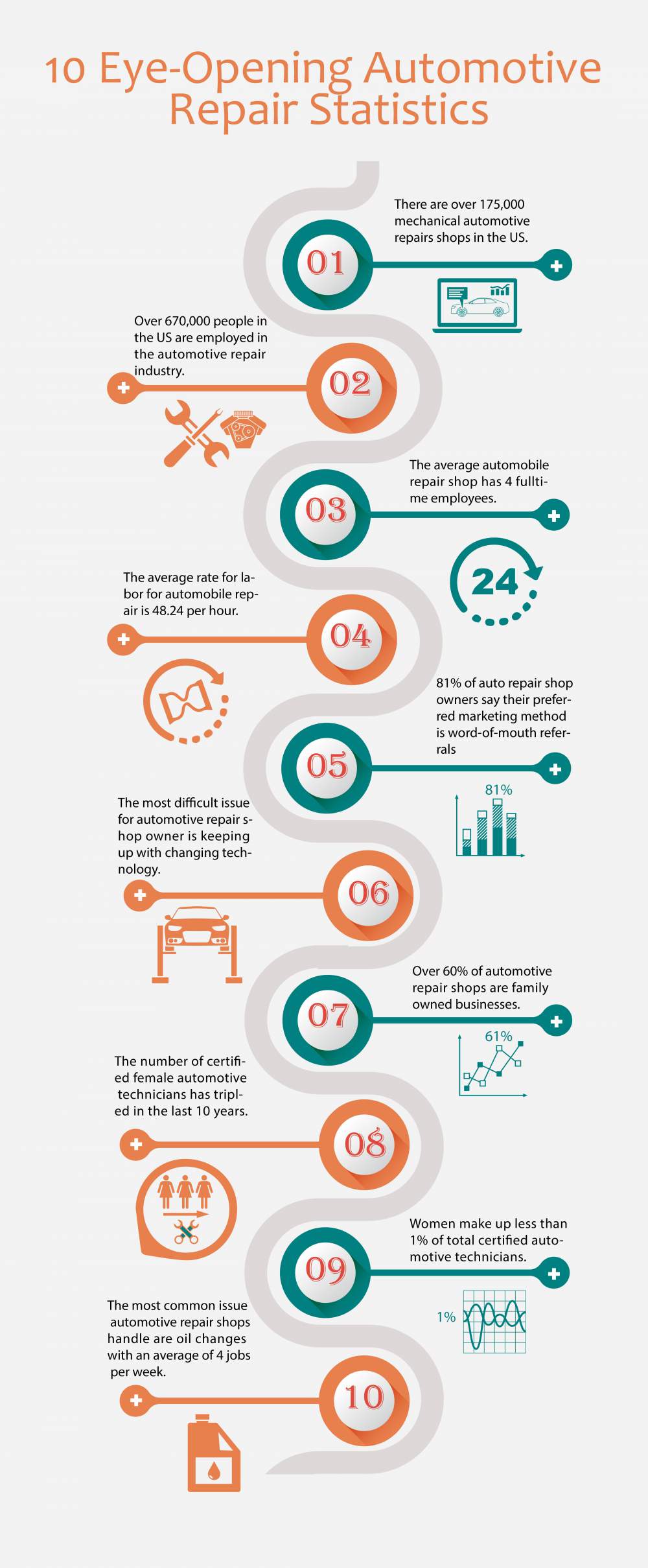Understanding Your Automobile'S Warning Lights: What Do They Really Mean?
Understanding Your Automobile'S Warning Lights: What Do They Really Mean?
Blog Article
Material Written By-Boye Gilbert
When you're behind the wheel, those glowing warning lights on your control panel can be a little bit bewildering. Do you know what they're trying to tell you about your vehicle's health? Recognizing the relevance of these lights is crucial for your security and the long life of your automobile. So, the next time one of those lights turns up, would not you want to decipher its message precisely and take the needed steps to resolve it?
Common Caution Lights and Interpretations
Identify usual warning lights in your cars and truck and understand their significances to guarantee secure driving.
One of the most common warning lights include the check engine light, which signifies issues with the engine or exhausts system. If this light begins, it's important to have your lorry checked promptly.
The oil pressure cautioning light suggests low oil pressure, requiring prompt interest to prevent engine damage.
https://drivers-class-near-me41728.blogpayz.com/31336352/explore-the-revolutionary-trends-that-are-redefining-the-future-of-vehicle-repair-work-consisting-of-the-surge-of-electric-lorries-and-the-combination-of-expert-system blinking battery light could suggest a damaged charging system, potentially leaving you stranded if not addressed.
The tire stress monitoring system (TPMS) light notifies you to reduced tire pressure, impacting lorry stability and fuel effectiveness. Disregarding this can lead to dangerous driving problems.
The abdominal light indicates a problem with the anti-lock stopping system, jeopardizing your capacity to quit swiftly in emergencies.
Lastly, the coolant temperature cautioning light warns of engine getting too hot, which can cause serious damages if not dealt with quickly.
Comprehending these common caution lights will certainly help you attend to issues without delay and preserve safe driving problems.
Significance of Prompt Interest
Recognizing the typical warning lights in your auto is only the first step; the importance of quickly addressing these cautions can't be highlighted sufficient to guarantee your security when driving.
When a caution light illuminates on your dashboard, it's your cars and truck's method of communicating a possible problem that requires attention. Overlooking these cautions can result in much more severe troubles later on, compromising your safety and security and possibly costing you more in repairs.
Trigger focus to advising lights can protect against breakdowns and crashes. As an example, a flashing check engine light can suggest a misfire that, if left neglected, could cause damage to the catalytic converter. Resolving this quickly can conserve you from a pricey fixing.
Similarly, a brake system advising light may signify low brake fluid or used brake pads, important parts for your safety and security when driving.
DIY Troubleshooting Tips
If you observe a caution light on your dashboard, there are a couple of do it yourself fixing ideas you can attempt prior to seeking expert assistance.
The initial step is to consult your car's guidebook to recognize what the particular caution light shows. Occasionally the concern can be as basic as a loosened gas cap triggering the check engine light. Tightening Read More In this article might deal with the trouble.
https://front-brakes-and-rotors39406.blog-mall.com/31836444/feeling-unsure-regarding-which-car-service-center-to-choose-learn-useful-ideas-from-experts-on-situating-reliable-services-in-your-location-that-will-certainly-aid-you-really-feel-extra-confident is a reduced battery, which can set off different cautioning lights. Checking the battery links for deterioration and ensuring they're safe may repair the issue.
If a warning light continues, you can try resetting it by disconnecting the automobile's battery for a couple of minutes and then reconnecting it. Furthermore, inspecting your car's fluid levels, such as oil, coolant, and brake fluid, can help fix warning lights associated with these systems.
Final thought
Finally, understanding your automobile's warning lights is essential for keeping your lorry running smoothly and safely. By quickly resolving these informs and recognizing what they indicate, you can stay clear of expensive repair work and potential breakdowns.
Remember to consult your vehicle's guidebook for particular details on each cautioning light and take action accordingly to ensure a trouble-free driving experience.
Keep educated, stay secure when driving!
